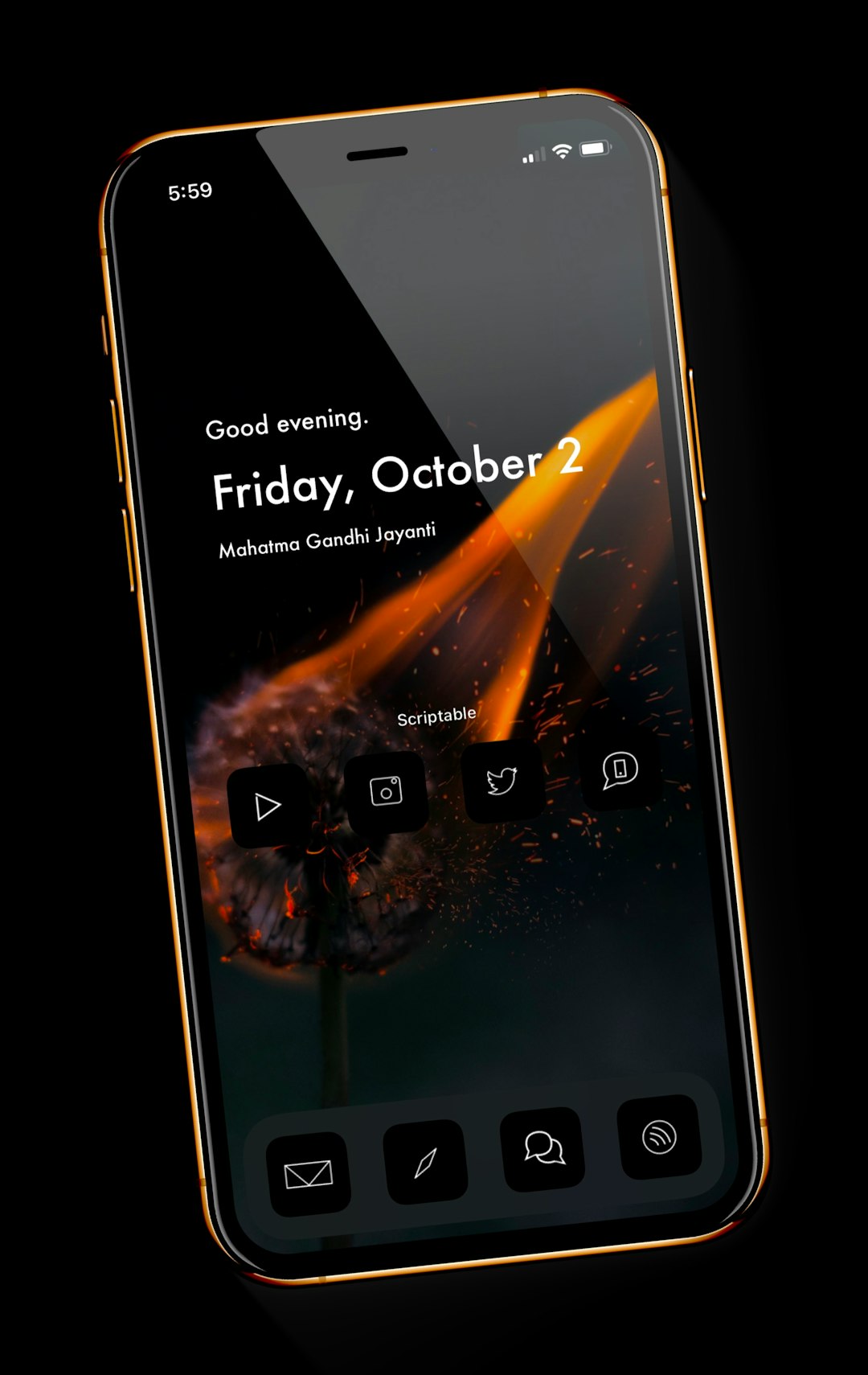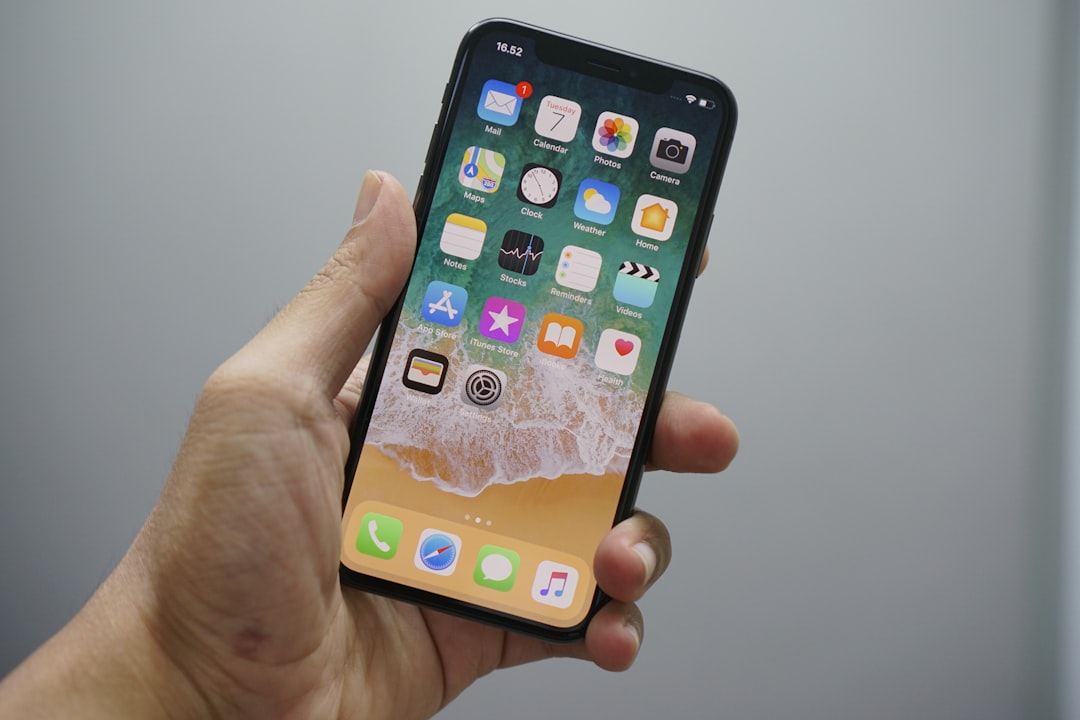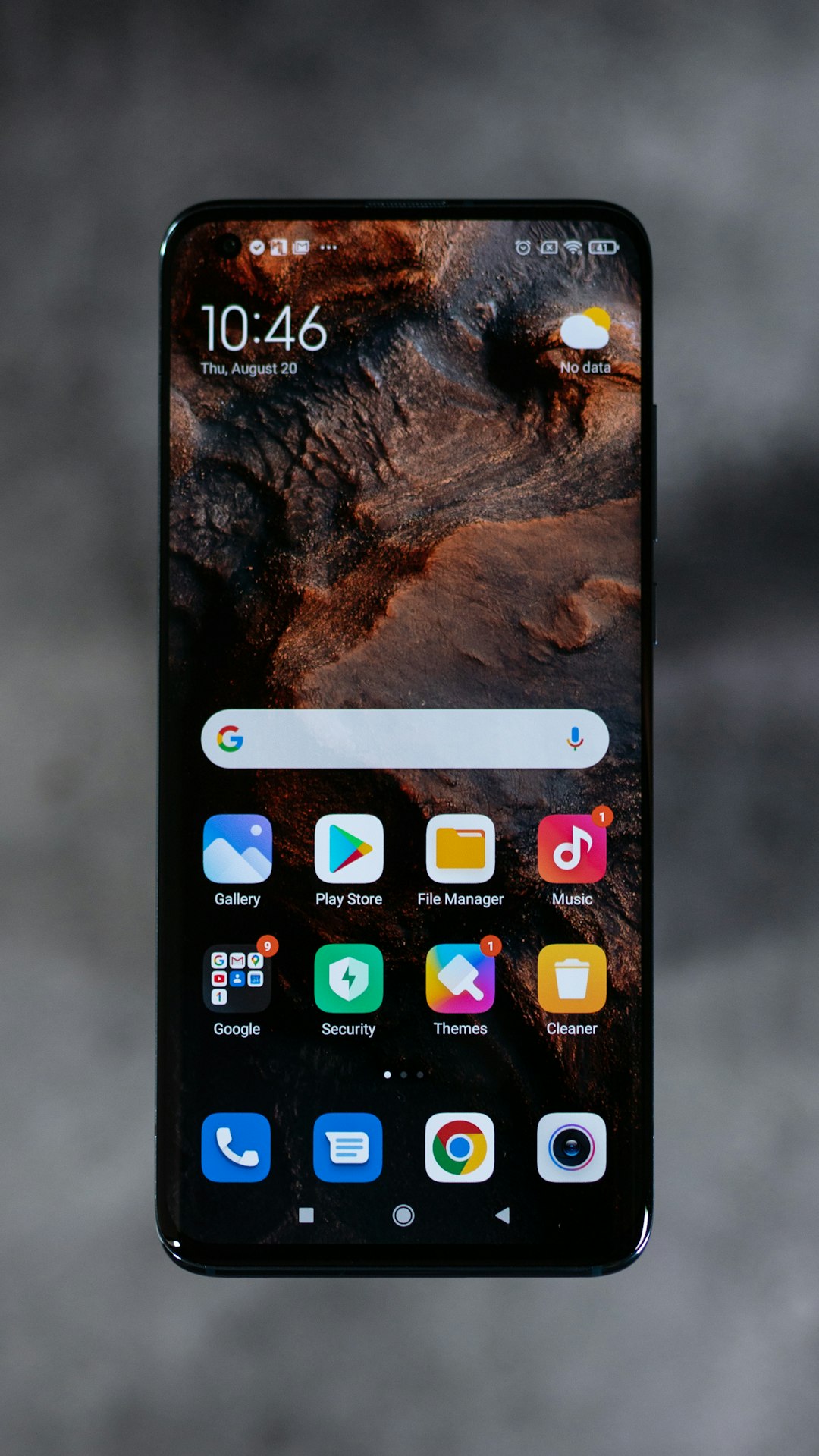The mobile phone has become an indispensable part of our lives. With its ability to connect us to the world, capture memories, and perform countless tasks, it has transformed from a luxury item to a necessity. But have you ever wondered how this incredible piece of technology came to be? Join us as we explore the evolution of mobile phones and marvel at how far we’ve come.
The story begins in the 1970s when mobile phones were more like portable radios than the sleek communication devices we know today. They were large, heavy, and had limited functionality. Making a call required carrying around a briefcase-sized box with a wired receiver attached to it. These early devices were only accessible to a privileged few and were far from being convenient or portable.
The 1980s saw the introduction of the first commercially available mobile phone, the Motorola DynaTAC 8000X. Nicknamed the “brick phone,” it was a bulky device weighing almost two pounds. The battery life was limited, and the cost was exorbitant. Despite these limitations, the brick phone paved the way for the future of mobile communication.
The 1990s marked a turning point in the history of mobile phones. Nokia, a Finnish telecommunications company, released the iconic Nokia 3310, which quickly became a global sensation. With its interchangeable covers, vibrant screen, and addictive game Snake, the 3310 captured the hearts of millions. It was the first mobile phone to appeal to a mainstream audience, and its affordability made mobile communication accessible to a wider range of people.
In the early 2000s, the business-oriented Blackberry gained popularity. Offering email, web browsing, and instant messaging capabilities, it revolutionized mobile communication for professionals. The Blackberry was the first device to introduce the concept of push email, allowing users to receive emails in real-time. Its iconic physical keyboard became a trademark of the brand and set it apart from other mobile devices.
The year 2007 marked a significant milestone in the history of mobile phones with the introduction of the iPhone. Apple’s revolutionary device combined sleek design, a user-friendly interface, and a wide range of features into a single device. The iPhone set a new standard for smartphones, offering a touchscreen experience and access to the App Store, where users could download and install a variety of applications. Its success sparked a new era of mobile innovation and transformed the way we interact with our phones.
Today, smartphones have become an integral part of our lives. They have evolved to be more than just communication devices. With their powerful processors, high-resolution cameras, and extensive connectivity options, smartphones are now pocket-sized computers. We use them for everything from work and entertainment to navigation and socializing. The boundaries between phones, tablets, and laptops have blurred, and modern smartphones are capable of performing tasks that were once exclusive to desktop computers.
The evolution of mobile phones has been driven by advancements in technology, consumer demand, and the need for constant connectivity. We have come a long way from the brick-like devices of the past to the sleek, multi-functional devices we carry in our pockets today. As technology continues to advance, we can only imagine what the future holds for mobile phones.







